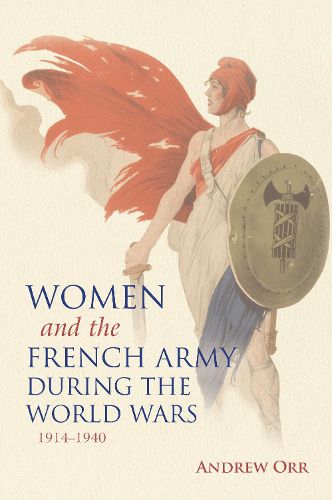Readings Newsletter
Become a Readings Member to make your shopping experience even easier.
Sign in or sign up for free!
You’re not far away from qualifying for FREE standard shipping within Australia
You’ve qualified for FREE standard shipping within Australia
The cart is loading…






How did women contribute to the French Army in the World Wars? Drawing on myriad sources, historian Andrew Orr examines the roles and value of the many French women who have been overlooked by historians-those who worked as civilians supporting the military. During the First World War, most officers expected that the end of the war would see a return to prewar conditions, so they tolerated women in supporting roles. But soon after the November 1918 armistice, the French Army fired more than half its female employees. Demobilization created unexpected administrative demands that led to the next rehiring of many women. The army’s female workforce grew slowly and unevenly until 1938 when preparations for war led to another hiring wave; however, officers resisted all efforts to allow women to enlist as soldiers and alternately opposed and ignored proposals to recognize them as long-term employees. Orr’s work offers a critical look at the indispensable wartime roles filled by women behind the lines.
$9.00 standard shipping within Australia
FREE standard shipping within Australia for orders over $100.00
Express & International shipping calculated at checkout
How did women contribute to the French Army in the World Wars? Drawing on myriad sources, historian Andrew Orr examines the roles and value of the many French women who have been overlooked by historians-those who worked as civilians supporting the military. During the First World War, most officers expected that the end of the war would see a return to prewar conditions, so they tolerated women in supporting roles. But soon after the November 1918 armistice, the French Army fired more than half its female employees. Demobilization created unexpected administrative demands that led to the next rehiring of many women. The army’s female workforce grew slowly and unevenly until 1938 when preparations for war led to another hiring wave; however, officers resisted all efforts to allow women to enlist as soldiers and alternately opposed and ignored proposals to recognize them as long-term employees. Orr’s work offers a critical look at the indispensable wartime roles filled by women behind the lines.